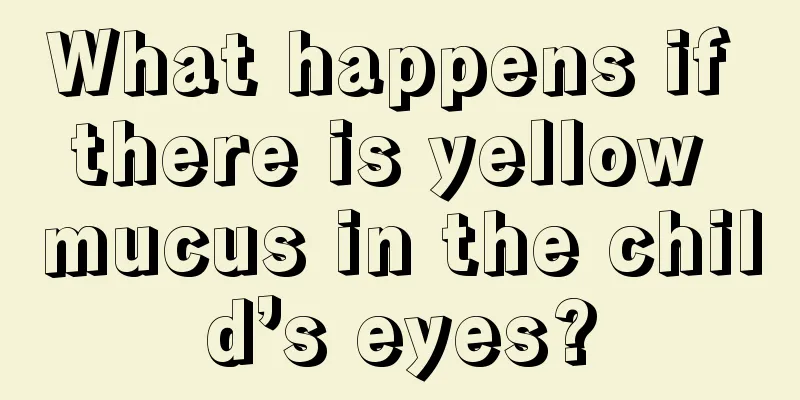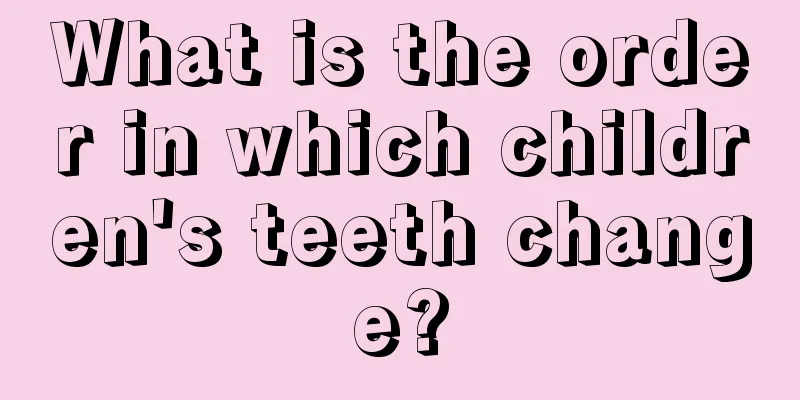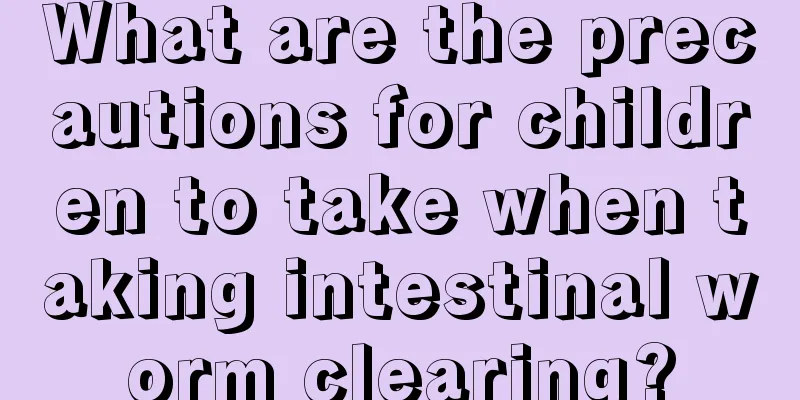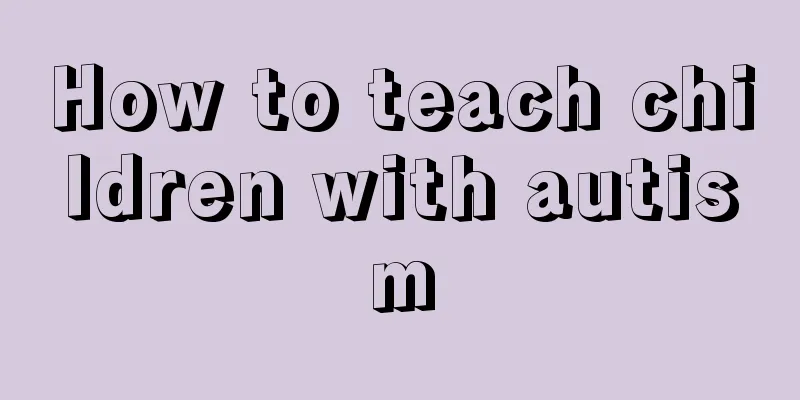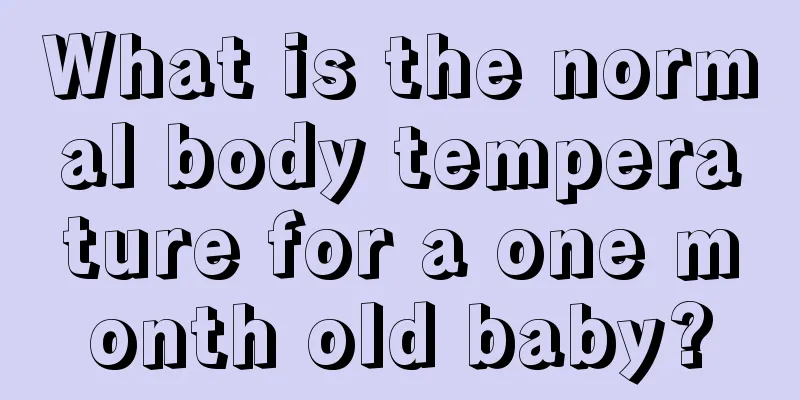Rheumatic fever in children, early signs and symptoms

|
Rheumatic fever in children is prone to recurring attacks. The most common sites of disease are the heart, joints and skin. Children with rheumatic fever will have symptoms of fever and sore throat, and may also develop myocarditis and pericarditis. Seek prompt treatment. 1. General symptoms include fever, malaise, fatigue, poor appetite, pale complexion, sweating and abdominal pain, and some patients may suffer from pleurisy and pneumonia. 2. Carditis The most characteristic manifestation of acute rheumatic fever is carditis, which is the only persistent organ damage. During the first attack, the myocardium, endocardium and pericardium may all be affected, with myocarditis and endocarditis being the most common. Pancarditis may also occur with an incidence of 40% to 50%. Symptoms usually appear within 1 to 2 weeks of onset. (1) Myocarditis: Mild cases may be asymptomatic, while severe cases may be accompanied by varying degrees of heart failure; tachycardia at rest, disproportionate to the elevated body temperature; enlarged heart with diffuse apical beats; low and dull heart sounds with a gallop rhythm; a mild systolic murmur at the apex and a mid-diastolic murmur in the aortic valve area. (2) Endocarditis: It mainly invades the mitral valve and/or aortic valve, causing regurgitation. Mitral regurgitation is manifested by a blowing-like holosystolic murmur of grade 2-3/6 at the apex, which is transmitted to the axilla, and sometimes a mid-diastolic murmur caused by the relative stenosis of the mitral valve can be heard. In case of aortic regurgitation, a diastolic sighing murmur can be heard at the third intercostal space on the left side of the sternum. In the acute stage, valve damage is mostly congestive edema, which may gradually disappear during the recovery period. Multiple recurrences can cause permanent scarring of the heart valve, leading to rheumatic valvular heart disease. (3) Pericarditis: When the amount of effusion is small, it is difficult to detect clinically. Typical symptoms include pain in the precordial area and a pericardial friction sound at the base of the heart. When the amount of effusion is large, the precordial pulsation disappears, the heart sounds are distant, and there are manifestations of pericardial tamponade such as distended jugular veins and hepatomegaly. Clinical manifestations of pericarditis indicate severe carditis. 5% to 10% of children with rheumatic carditis develop congestive heart failure during their first attack, and the incidence is even higher during recurrences. Recent cases of rheumatic fever accompanied by heart failure suggest the presence of active carditis. 3. Arthritis It occurs in 75% of children with the first attack and affects large joints, most commonly the knees, ankles, elbows, and wrists. It manifests as redness, swelling, heat, pain, and limited movement of the joints. It may affect several joints at the same time or move from one joint to another. The arthritis eventually subsides without leaving any deformity. 4. Chorea Also known as Sydenham chorea, it is characterized by purposeless, involuntary, rapid movements of the whole body or parts of the muscles, such as sticking out the tongue, twisting the mouth, squinting, shrugging the shoulders and shrinking the neck, speech disorders, dysgraphia, incoordination of fine movements, which worsen when excited or concentrating and disappear after falling asleep, accompanied by muscle weakness and emotional instability. It accounts for 10% of children with rheumatic fever and often appears several months after other symptoms. If the rheumatic fever attack is mild, chorea may be the first symptom. The course of the disease is about 3 months. |
<<: What can’t babies eat after getting stitches? I must eat right from now on.
>>: Can I supplement calcium if my baby is sick? Parenting experts tell you the answer
Recommend
What are the treatment processes for hand, foot and mouth disease?
If you have hand, foot and mouth disease, you mus...
What's the matter with the blue veins in the corners of the baby's eyes?
Blue veins on the face do not only occur in a cer...
How to deal with foreign matter in baby's eyes
Foreign objects in the eyes can cause great harm ...
At what month is it better to add complementary food to babies?
The baby's body is very fragile, so the baby ...
What to do if a child has a viral fever
Many babies will feel unwell if they are not prop...
Is a hand, foot and mouth shot useful?
The probability of hand, foot and mouth disease i...
What should I do if my baby has a fever?
Parents must be distressed when their baby has a ...
Tips for removing freckles from children
It is very common to have spots on the face. Howe...
What is the first aid method for babies with fever and convulsions?
Fever is not a strange disease in life. On the co...
What should I do if my child has lymph node disease?
There are many different lymphatic tissues distri...
Introduction to the causes of empyema in children
Empyema in children is one of the more common che...
Why is my baby breathing heavily?
Nowadays, any abnormality with a baby will "...
Can sunbathing cure jaundice?
Jaundice is a very common disease in daily life. ...
What to do if your baby has eye inflammation
Newborn babies have poor resistance, and their ey...
What should I do if my child has heat stroke?
In hot weather, it is still very easy to get heat...

